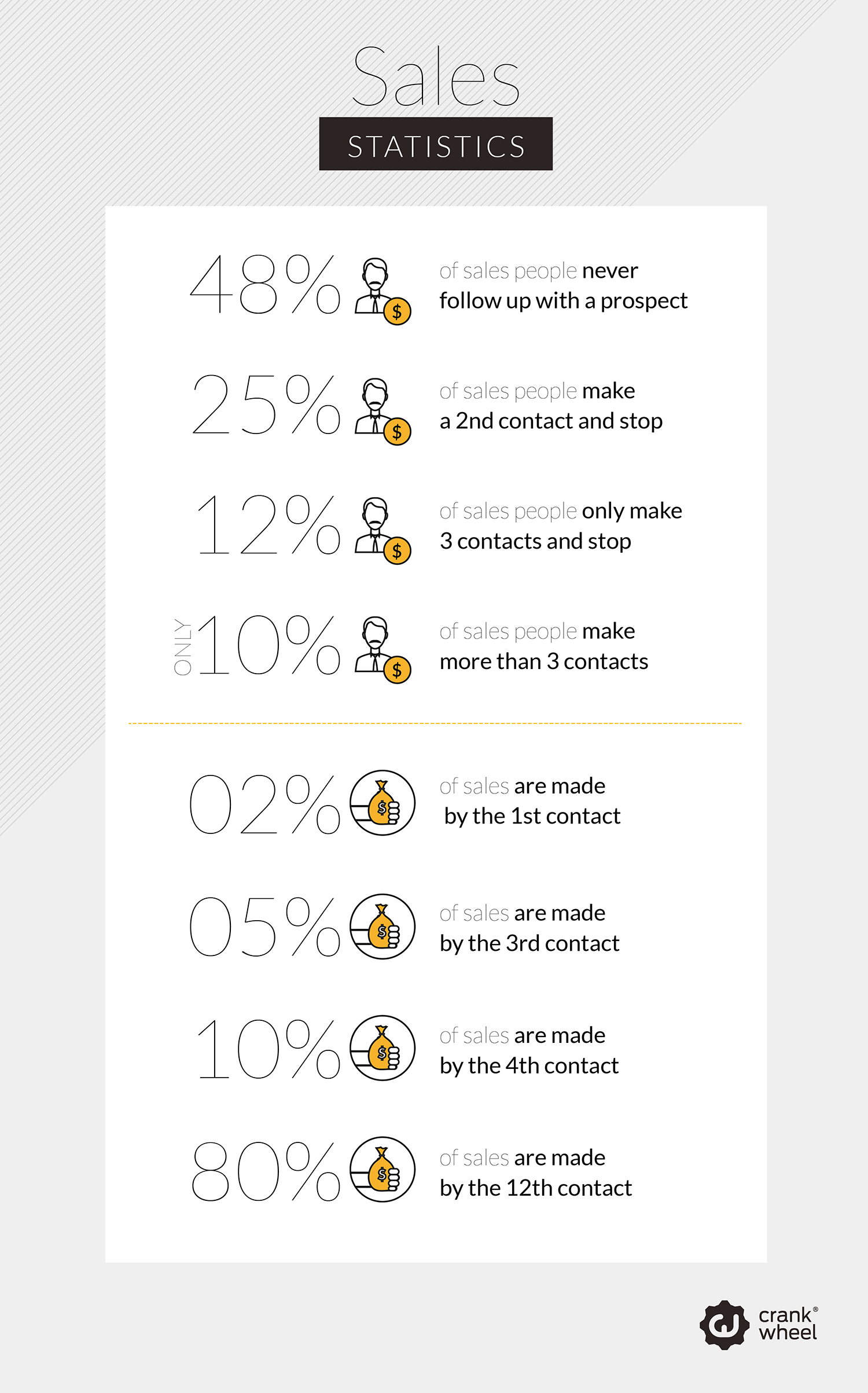How to focus on the right prospects?
I saw this on LinkedIn the other day. Is it relevant for sales professionals in startups?
“No” is good. “Yes” is better. It’s the “maybes” that will kill you.
Alex Dunsdon, Co-founder, The Bakery & Partner, SAATCHiNVEST.
“It’s the maybes that you need to ignore and carry on.”
Tugce Bulut, Founder & CEO of Streetbees (a high-growth startup in London), added to the conversation.
Both know a lot about growing companies and getting a yes from enterprise-level and SMB clients.
What they describe - knowing when to walk away - is a common problem for anyone in sales. How to know when you should give up chasing a prospect? A broader issue, for everyone working in sales roles at startups is how to know if you are focusing on the right prospects.
Time in startups is a fast-moving concept. In sales, for a recently funded startup (A or B round), 9 to 18 months may seem like all the time in the world; but, for founders, it really isn’t. A runway is only useful if you take off (achieve profitability, start self-funding) or extend it, which is far from guaranteed as the investment climate cools down. Generating a profit has never been more important, which means every meeting counts.
Qualify your prospects
Here’s a tip! Use rough and ready criteria to assess prospects:
Ensure sales professionals ask about immediate and short-term needs: Do they need your product in the next 1-3 months?
Ask about the budget. Don’t spend three weeks chasing a prospect to find they don’t have a budget. What if they are going to have one in 9 months and need your product? Great! Put them into a drip email sequence or subscribe them to the newsletter and move on.
Know your decision-makers. Who signs off on this budget item? What do they need to know about the product, ROI and other key pieces of information? How high priority is this for the buyer? Are there other relevant stakeholders?
With these three pieces of information, you should get an idea of how warm - or not - is each lead in the pipeline. Remember, the “maybes” and those with vague answers are probably wasting your time. Just someone trying to look busy in their own office; so, if you get a sense that someone isn’t really interested, then don’t pursue it further, or slide them into an automated email marketing system: If they unsubscribe, they were never a viable prospect.
One of the best ways to qualify a prospect early on is to have a live demo option on your website and built into your sales pipeline. Give potential buyers the option, when it’s convenient for them, to jump on an instant demo. It doesn’t matter whether they’ve just seen something cool on Twitter, or downloaded an eBook, you should have someone ready to screen share the product and qualify a brand new prospect at a moment’s notice. Here is how you set this up.
Be persistent
You may have seen this making the rounds of the Internet.

Persistence really does pay off.
Provided you aren’t wasting time with a “maybe” and prospects didn’t say “no”, then staying in fairly regular contact, whether that’s through calls, emails, pre or post-trial contact, or even by using automated email marketing, you should be able to move those who are genuinely interested into a position whereby they are ready to buy.
Place a time limit on this activity, or a fixed number of follow-up contacts, to ensure your team is investing time into constantly sourcing new leads and managing what should be a steadily increasing pipeline of instant demo prospects. Keep an eye on the “maybes.”
